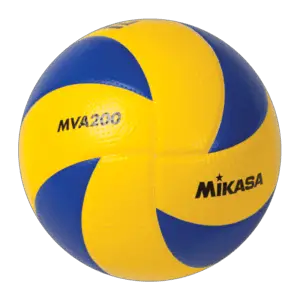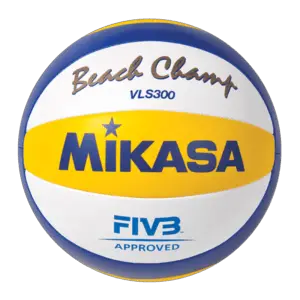Table of Contents
Volleyball – what is it, what are the different types and how is it played?
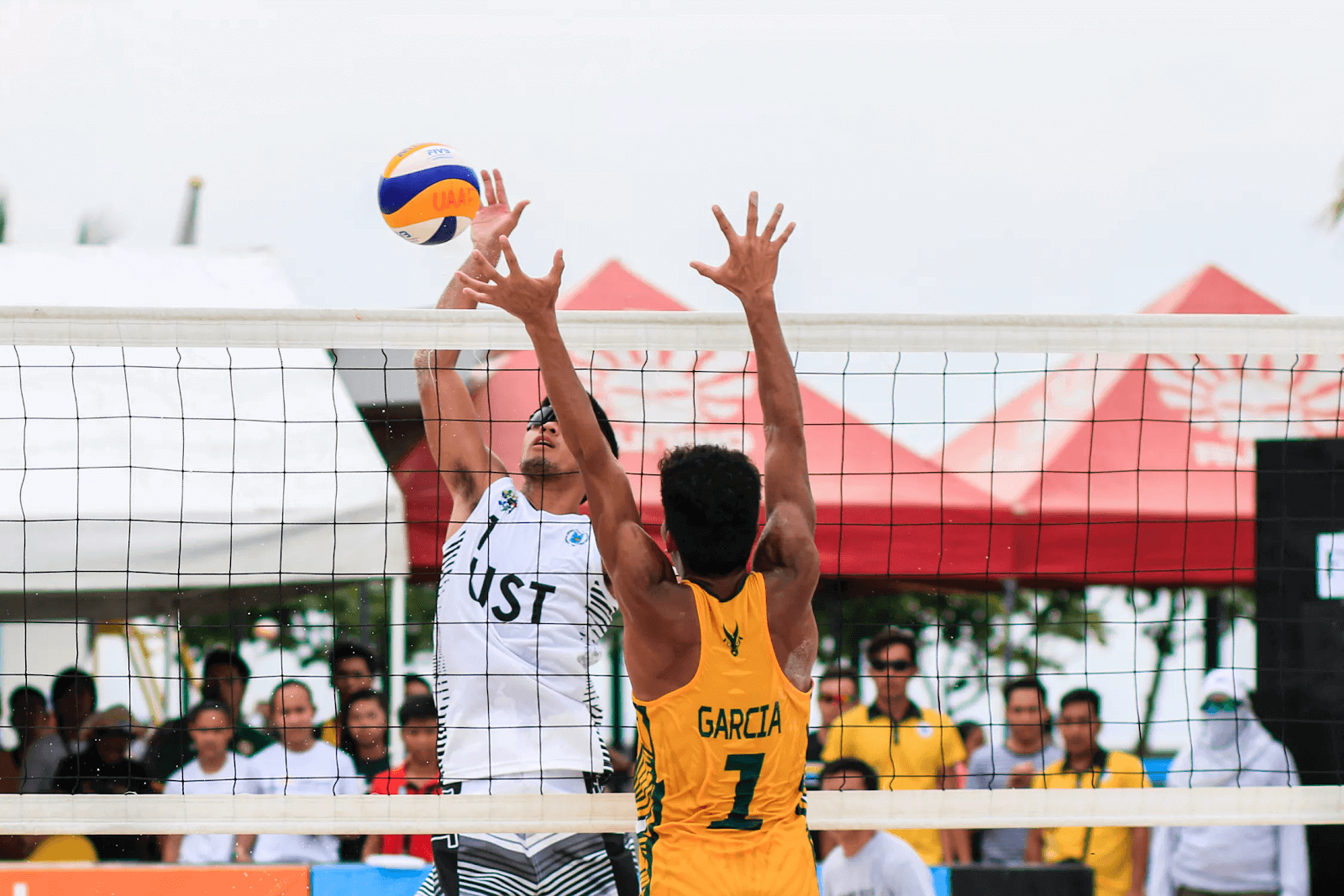
Introduction
So if you are reading this you are interested in volleyball and want to learn more about what it is and how it is played.
This website is going to be dedicated to all things volleyball from beginner to professional tips, current rules and changes to ruling throughout seasons, workouts and exercises to better your performance and recommended products/ reviews.
So with that being said let’s get into the basics.
How is Volleyball played?
Volleyball is a game which involves two teams, a separating net, a court marked out by lines in the shape of a rectangle and a volleyball.
One team will be on one side of the court and the other team the other side.
Team one will serve from behind the back line with the aim of making the ball land in team two’s side. Team two are allowed a maximum of 3 touches to get the ball back, however the same player can’t touch it twice in a row.
The idea of volleyball is to make the ball touch the ground on your opponent’s side of the court. If you manage to do this you will score 1 point and your team will take the next serve.
As mentioned above each team is allowed 3 touches to get the ball back over the net, the standard 3 touches are as follows:
1) Dig

2) Set
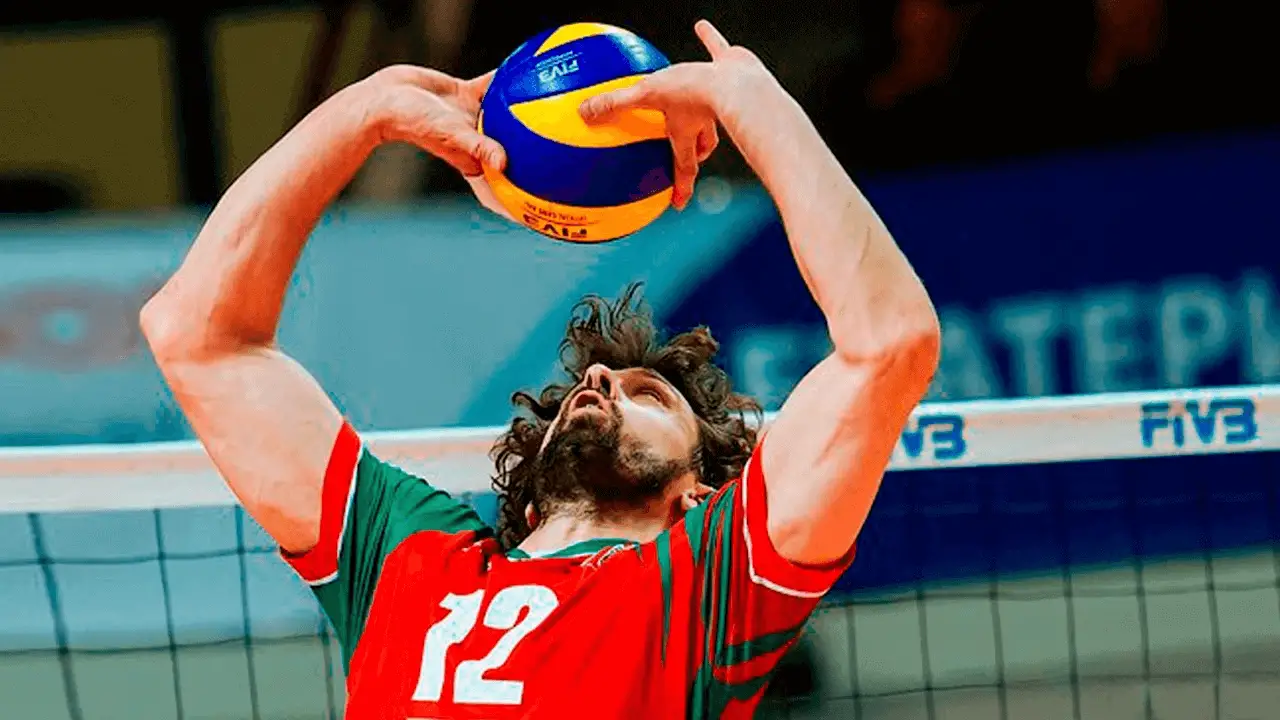
3) Spike

To learn how to perform each of these skills correctly please click on the relevant image above to be taken to the correct article.
Now to go into how it works I will need to split the article into 2 sections.
Section 1 – Beach volleyball
Section 2 – Indoor volleyball
The reason I must do this is that they are both played very differently in terms of points required to win, how many players are on each time, court size etc..
So let’s start with How Beach volleyball is Played
Beach volleyball has 2 players per team and the games are played up to 21 points however a team must win by 2 clear points.
This means that if the score was 21-20 team 1 would need to win the next point to make it 22-20 to win the set.
In the world tour the games are best of 3 sets so if 1 team wins 2 sets they would win the game however if after 2 sets the score is 1 set each they would play a deciding set up to 15 points, again they would need to win by 2 clear points.
As there are only 2 players a team in beach volleyball, the court is slightly smaller than an indoor volleyball court, although not as much as you may think a beach volleyball court 16m long x 8m wide, where as an indoor volleyball court is 18m long x 9m wide. See below image for reference

Now let’s talk about How Indoor Volleyball is Played
Indoor volleyball is played on a slightly larger court as noted previously and shown above and each team consists of 6 on court players. Indoor volleyball is very different to beach volleyball in that each player on the court is given a specific role/ position in which they play.
Now there are many variations to these player positions/ rotations however the standard positions are as follows:
2 x Outside Hitters
2x Middle Hitters
1x Setter
1x Opposite
This is how the above would need to stand when not in open play i.e before serving.

As I said there are many variations to the above line up but this gives you an idea of a typical starting position. When the ball is served if a team is not stood in this rotation it would be known as a rotation error and the serving team would automatically get the point. The same is true for the serving team, if the rest of the team excluding the server are not stood in the correct locations the team receiving would automatically get the point.
It is important to note that every time the receiving team wins a point from the serving team they each rotate 1 location clockwise. So if you are using the above picture in your own games be sure to rotate each player round 1 spot everytime you win a point off the serving team. If your team wins consecutive points you do not rotate, you only rotate if you win the point when you are the receiving team.
I will cover in a lot more detail rotations, player roles, starting positions etc.. in another article.
On an indoor court you will notice that there is a line located just over halfway into each side of the court as highlighted below.
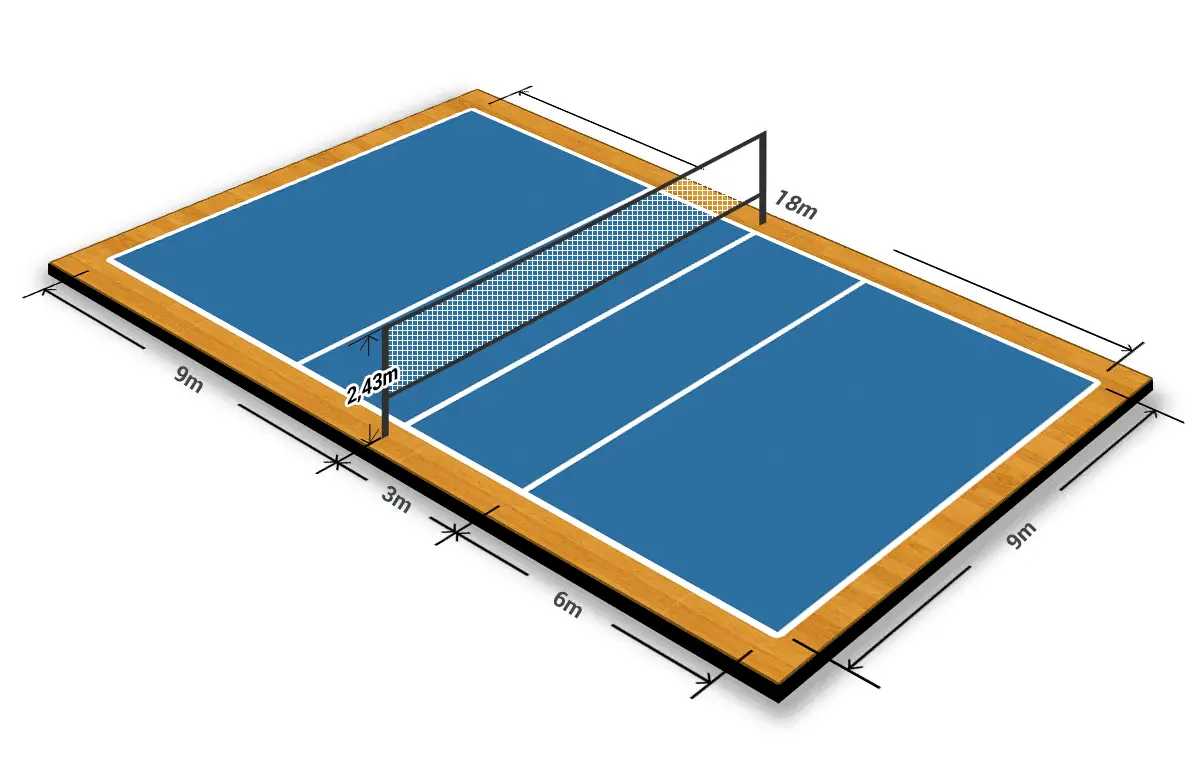
This is what is known as the 3m line (sometimes referred to as the 10ft line). The purpose of this line is to separate the back court players from the front court players, front court players are the 3no. Players located closest to the net and the back court players are the 3no. Players located nearest the service line. In indoor volleyball it is illegal for a player in the back court (Sometimes referred to as back row) to jump and attack a ball from within the 3m line, however if the back court player leaves the ground behind the 3m line and attacks the ball whilst still in the air this is a legal move.
Now we have covered the basics of how to play the games let’s get on to the differences between the volleyballs themselves.
Volleyballs
Now it is worth noting that there are lots of variations of both the beach and indoor volleyballs and you can read a review about them here, however for the sake of this introductory article I will be using the volleyballs that are currently in the world series tournaments.
The indoor volleyball currently used is the Mikasa MVA200 it weighs when inflated correctly between 260 – 280g (Grams). It should normally be inflated between 4.3 – 4.6psi, lastly the circumference of the ball should be between 65 – 67cm.
Please note that youth volleyballs are slightly smaller however the weight remains the same.
The beach volleyball currently used on the world series is the Mikasa Beach champ VLS300. This differs from the indoor ball in the following ways. Firstly it is larger with a circumference of 66 – 68.5cm and it should be inflated 2.5-3.2psi, if you have ever played with both an indoor volleyball and beach volleyball, you may surprised to hear that in terms of mass they are actually exactly the same. The reason the beach volleyball feels softer and lighter is because it is slightly larger and obviously not inflated as much.
Both volleyballs are designed to perform better in their own environments for example the Mikasa Beach champ VLS300 has a unique 10 panel design that increases water resistance to make the ball easier to control in wet conditions, whereas the indoor volleyball the Mikasa MVA200 has an 8 panel design with special aerodynamic dimples around the ball, this aids ball control during high intensity game play.
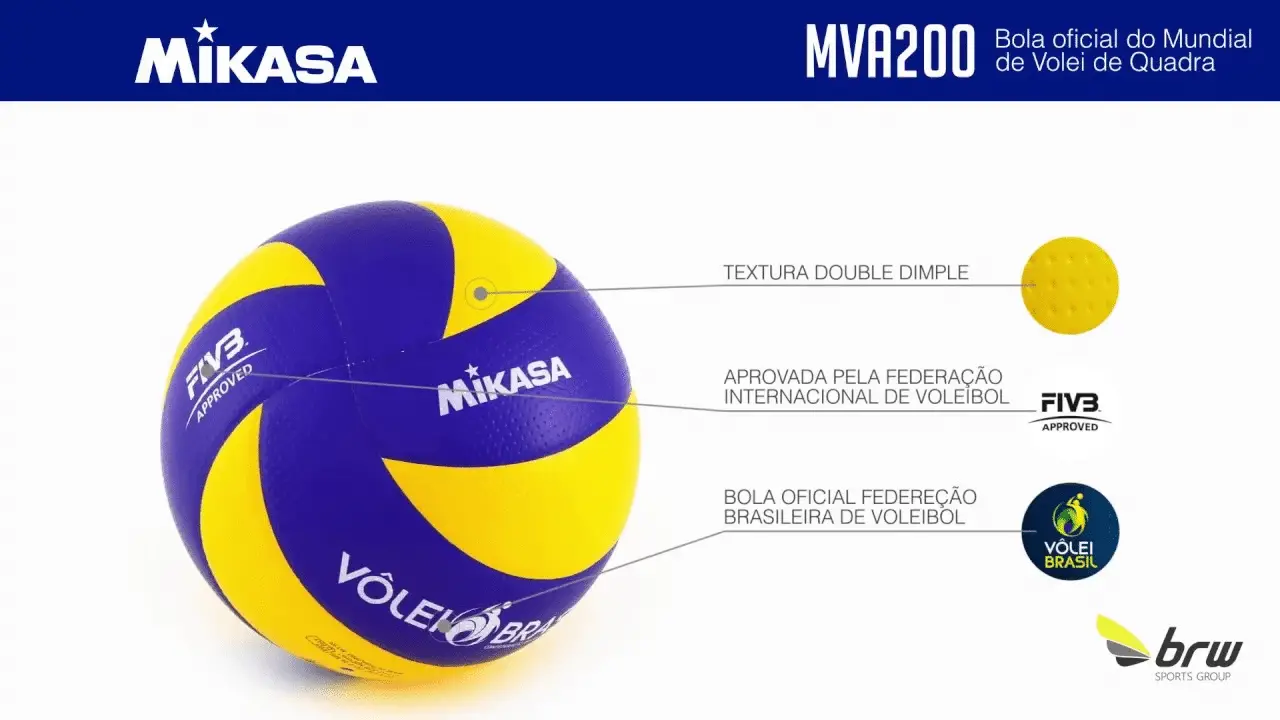
So you know the basic skill moves, the court differences, the player roles and the balls used for each. The last thing to discuss is the net heights for the respective games.
Net Heights
Now whether you are playing beach volleyball or indoor volleyball the net heights are actually the same, however there is a difference in net height between the Mens, Females and Juniors.
The men’s net is set at a height of 7feet 11 5/8inches (Or to keep things simple 240cm) when taking this measurement from the ground indoors this is simple as the floor will be smooth and level however when taking it from the beach it is measured from a court that has been raked over to try and achieve a flat even surface. There is some small adjustments to this height if the sport is being played by certain age groups, if all players competing are above the age of 55 the net is permitted to be lowered to a height of 7 feet, 9 5/8 inches (238cm). If all players competing are above the age of 70 then the net is permitted to be set at a height of 7feet 6inches (229cm)
The Women’s net is set at a height of 7 feet, 4 1/8 inches (225cm). Again there is adjustments depending on age. Events where the women are aged between 45-60 the net can be lowered to 7feet 2/18inches (214cm) and where women are aged over 60 the net can be lowered further to 7feet (213cm)
Youth nets are as follows. for boys or girls ages 13 and 14 is 7 feet, 4 1/8 inches (225cm). Boys and girls ages 11-12 is 7 feet(213cm). The lone difference is for youth 10 and under, as the boys will use a net that is 7 feet (213cm), while the girls can use a 6-foot, 6-inch (198cm) net. In Beach volleyball there is minor adjustments from the aforementioned, For boys and girls 14 and under, the net may be lowered to 6 feet, 11 1/2 inches (212cm) , while boys and girls 12 and under may use a 6-foot, 6-3/4 inch (200cm) net.
Summary
I hope you have found this article useful and now have a much better understanding of what volleyball is, how it is played, the differences between indoor and beach volleyball, what you need to know to start playing right now.
As referenced throughout this article I have lots of different write-ups from detailed step by step guides on how to perform each skill, breaking down the most dubious rules, best exercises to improve performance all the way to the best volleyball shoes and equipment.
So make sure you have a look around and read anything and everything that may be helpful to you.
Please be sure to leave any comments or suggestions you may have below and I will be sure to reply back.

